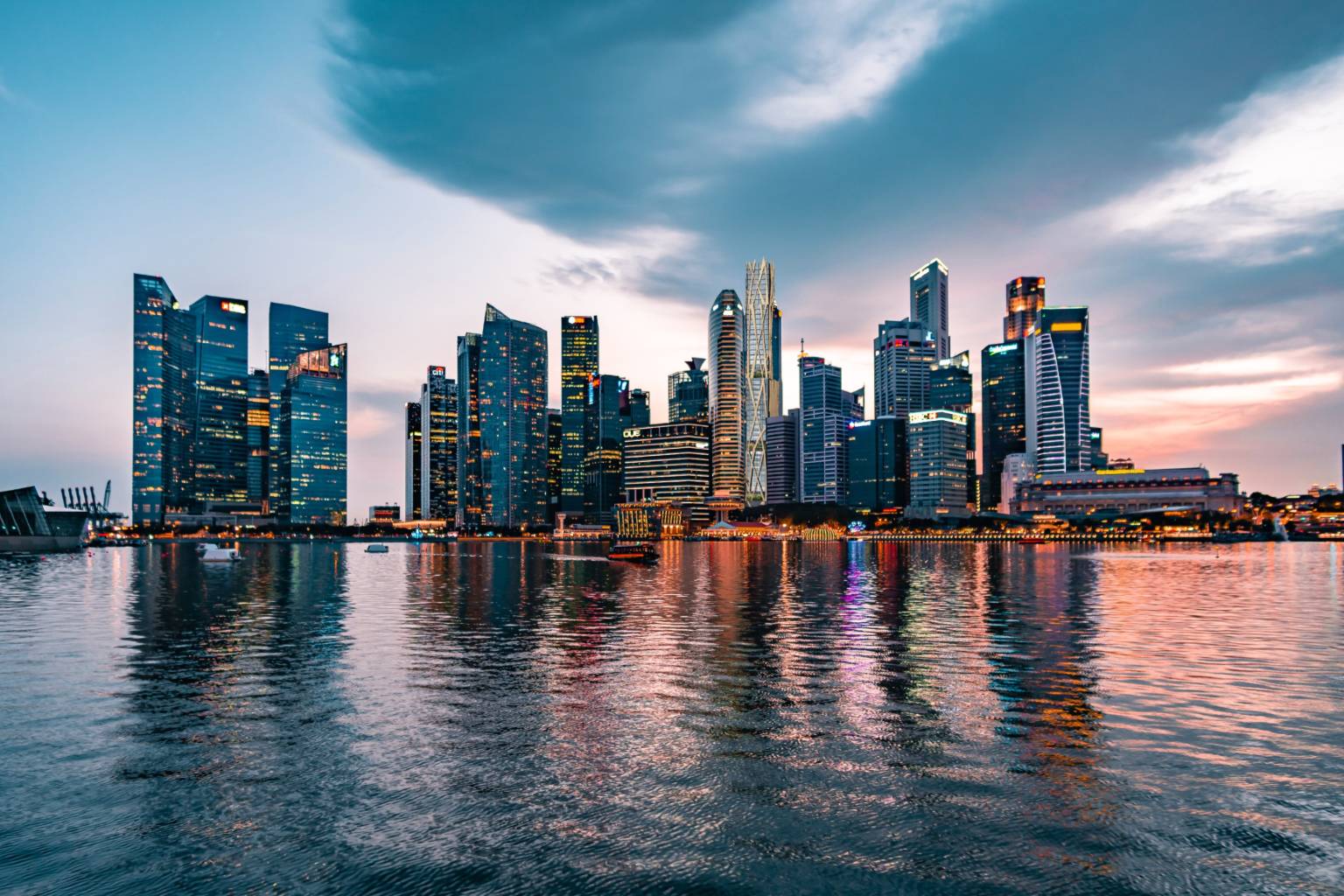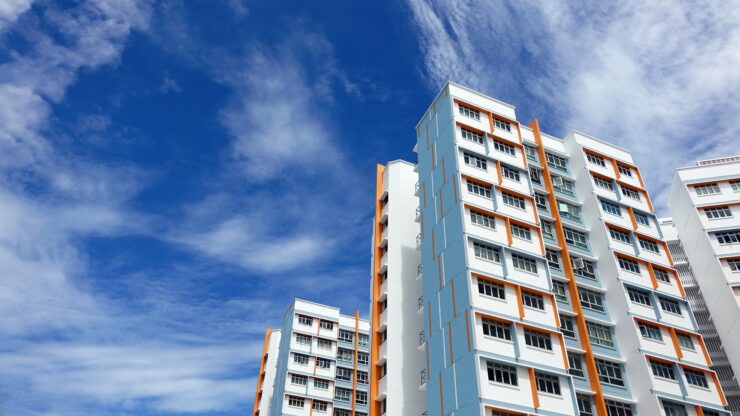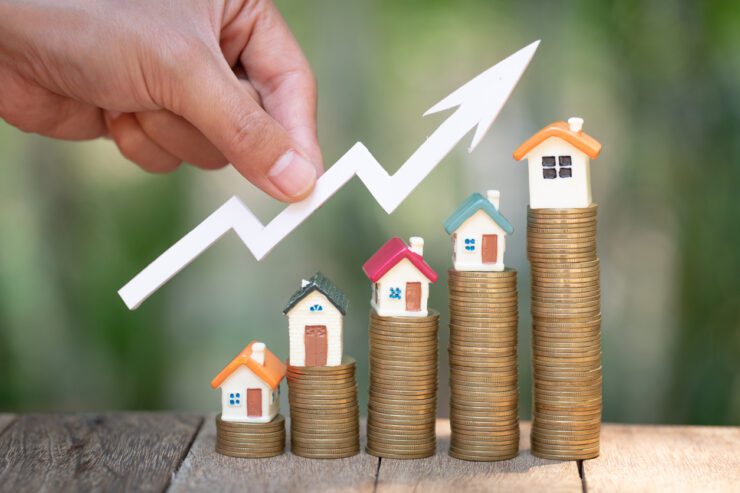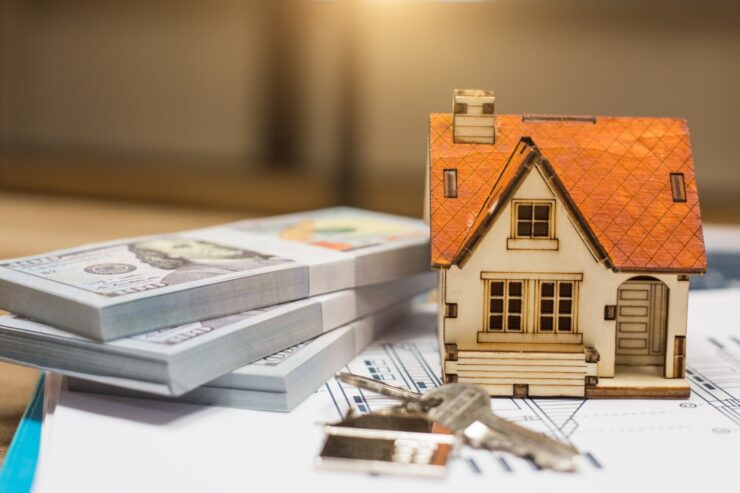As we look toward 2025, the Singapore real estate market is stirring a blend of anticipation and intrigue among investors. This island nation, known for its robust economy and global trade position, is at a fascinating crossroads.
With a backdrop of evolving urban policies, shifts in demographic trends, and a post-pandemic recovery, the landscape is ripe for exploration. But is it a goldmine waiting to be uncovered? On one hand, there are whispers of skyrocketing property values and unprecedented demand.
On the other, complexities arise from regulatory frameworks and competitive shifts. This article delves deep into the factors that could make Singapore’s real estate investment landscape either a golden opportunity or a cautious venture, inviting you to weigh the potential risks against the promising rewards.
Economic Outlook for Singapore in 2025

Source: www.us.jll.com
The economic outlook for Singapore in 2025 paints a picture of resilience and opportunity, as the city-state continues its journey toward becoming a global hub for innovation and finance. With a projected GDP growth rate of around 3% annually, the economy is expected to rebound robustly from prior fluctuations caused by global events.
Investments in green technology and digital infrastructure are set to flourish, supported by government initiatives aimed at sustainability. However, challenges remain, particularly given rising interest rates and shifting geopolitical dynamics that could impact trade.
Investors should keep a keen eye on the evolving landscape, as vibrant sectors like biotechnology and fintech could provide lucrative returns, positioning Singapore not just as a haven but as an enticing marketplace for real estate investments. Developments like Upperhouse Singapore reflect this trend, offering modern living spaces that align with the city’s forward-looking vision. As the economy strengthens, the demand for both residential and commercial properties is likely to surge, making 2025 a year ripe with potential for those willing to navigate its complexities.
Key Drivers of Real Estate Growth in Singapore

Source: realvantage.co
Several key drivers are propelling real estate growth in Singapore, positioning it as an increasingly attractive destination for investors. First, the nation’s robust economic fundamentals, driven by its status as a global financial hub, are creating a steady demand for both residential and commercial properties.
Coupled with a well-planned infrastructure that includes extensive public transport and amenities, Singapore’s urban landscape appeals to both local and foreign buyers. Moreover, government policies, such as incentives for developers and initiatives aimed at boosting the housing supply, further stimulate the market.
The ongoing population growth—fuelled by a diverse influx of expatriates and talent—continues to exert upward pressure on housing demand. As Singapore embraces smart city technologies, the vibrancy of its neighborhoods is set to flourish, thus enhancing long-term property values and investor confidence.
All these factors paint a promising picture for those considering diving into Singapore’s real estate market in 2025.
Investment Opportunities: Residential vs. Commercial Properties

Source: www.us.jll.com
When evaluating investment opportunities in the Singapore real estate market for 2025, both residential and commercial properties present compelling prospects, albeit with distinct advantages and challenges. Residential properties, often regarded as a safer bet, promise steady demand driven by a growing population and a robust expatriate community.
Investors can take advantage of options like condominiums or landed properties that not only provide rental income but also enjoy long-term capital appreciation. On the flip side, the commercial sector, characterized by office spaces, retail outlets, and industrial developments, offers the tantalizing potential for higher yields.
With Singapore positioning itself as a key financial hub in Asia, the demand for prime commercial real estate continues to soar, fueled by businesses looking to establish a footprint in this vibrant market. However, navigating the commercial landscape requires a keen understanding of market trends, lease structures, and the economic climate, which can fluctuate more dramatically than residential trends.
Thus, weighing the stability of residential investments against the lucrative prospects in the commercial realm becomes crucial for savvy investors strategizing their portfolios in this dynamic marketplace.
Conclusion
In conclusion, the Singapore real estate market appears poised to be a compelling goldmine for investors in 2025, driven by a robust economic outlook, increasing demand for sustainable living spaces, and strategic government policies aimed at stabilizing property values. As developments like Upperhouse Singapore exemplify, the demand for luxurious yet eco-friendly living spaces continues to rise, presenting numerous opportunities for discerning investors.
With careful research and an eye toward emerging trends, individuals looking to capitalize on the dynamic real estate landscape in Singapore may find themselves well-positioned to reap significant rewards in the coming years.


 Entertainment4 years ago
Entertainment4 years ago
 Sports4 years ago
Sports4 years ago
 Fashion4 years ago
Fashion4 years ago
 Business4 years ago
Business4 years ago
 Fashion4 years ago
Fashion4 years ago
 Business4 years ago
Business4 years ago
 Entertainment3 years ago
Entertainment3 years ago
 Business3 years ago
Business3 years ago







 Selling your Columbus house without paying commissions is a completely feasible option with the right approach. To successfully navigate the
Selling your Columbus house without paying commissions is a completely feasible option with the right approach. To successfully navigate the 







